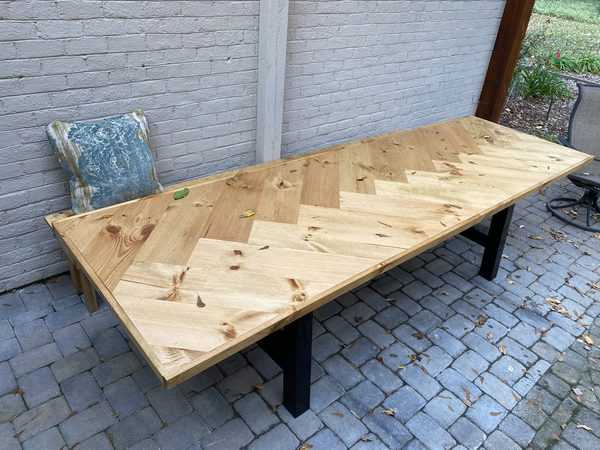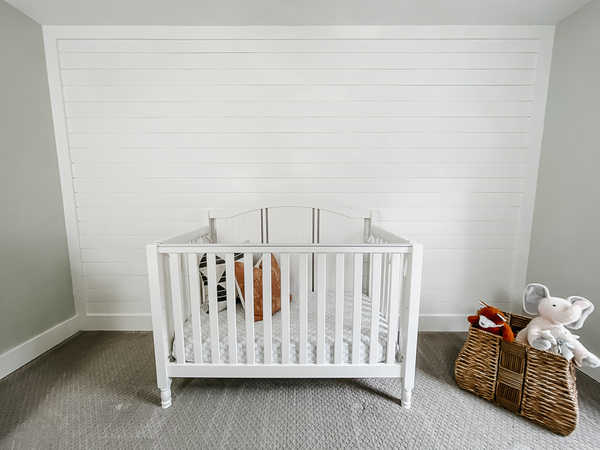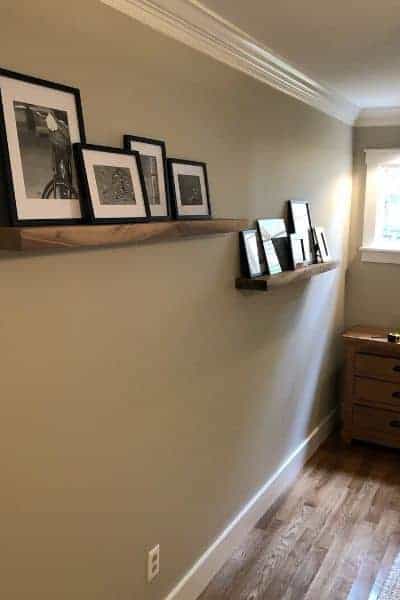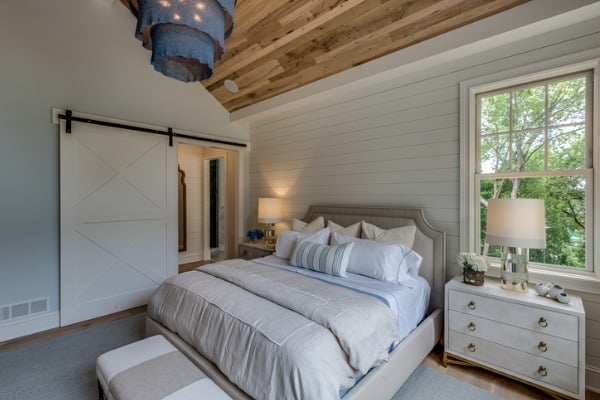Mdf vs wood and what to use when
It’s no secret that MDF is way cheaper than solid wood, and if you’re trying to stay on a budget with your latest DIY project you may wonder if you can use it or not.
Depending on your project and what room of the home it’s in, you may be able to use MDF over real wood.
In this post we’ll talk about using MDF vs wood, the differences between the two wood species and when you should consider each option.
What is MDF?
MDF stands for Medium Density Fiberboard. It’s made of finely shredded recycled wood and adhesives that have been so densely compressed that they offer an incredibly smooth and grainless surface.
It has become an extremely common wood substitute of late and provides some pros and cons in a variety of situations that you’ll want to know about before deciding whether or not you want to use it.
MDF vs. Wood
There are several practical differences between MDF and wood, and depending on your specific project, you’ll want to use one over the other.
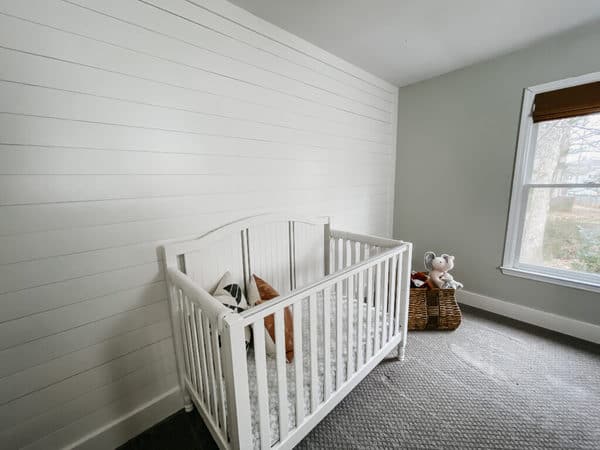
One of the greatest downsides of MDF is its tendency to absorb moisture when installed or sealed improperly.
For this reason, I recommend never installing it on your home’s exterior or in high moisture areas like poorly vented bathrooms or over showers. The amount of swollen and moisture-laden MDF trimwork I’ve replaced on the exteriors of our clients’ homes would shock you.
But while it doesn’t do well with moisture, it can be a great product when used inside your home in the right setting.
MDF does not warp, crack or bow nearly as easily as wood does and can offer a very smooth finish when painted. This is why it’s so common for MDF to be used in crown moulding, baseboards and various other trim applications.
This highly compressed material tends to be heavier than most comparably sized wood products, and comes in nearly every dimension offered in the wood marketplace, so you’ll be able to find it in just about any application you can think of.
Most MDF material used in trim work is factory primed and ready for installation just like wood, so there’s no extra steps for those of you not wanting to waste time priming trimwork before beginning the finish paint process.
Pricing can be more or less than wood depending on the unique material being used and for what application. For example, primed MDF crown tends to be about 5 to 10 percent more costly than primed finger joint wood crown, but less than solid wood unfinished crown.
One final drawback of MDF is that it lacks the tensile strength that most wood has, so we don’t recommend using it as shelving where longer spans are desired. It will almost certainly bow under its own weight, much more so when tasked with a load.
MDF vs. wood baseboards
One very common trimwork use for MDF is baseboards, and we can recommend this practice as long as a few key factors are considered.
First of all, do you have small children who like to run around the house pushing massive plastic cars and fire engine trucks and just generally like to act like most children do?
If so, MDF baseboards may not be for you until your kids are a little older. MDF is a softer material than most wood, so it dents and scratches a bit more easily.

There’s nothing quite as fun as puttying, sanding, priming and painting those high traffic areas every other Saturday because your kids act like your house is a demolition derby.
As mentioned earlier, the only other time we would not recommend using MDF in baseboard applications is in high moisture areas like bathrooms.
Even if water isn’t directly falling onto it, MDF can slowly absorb moisture in bathrooms where 45 minute steam showers are happening more often than not. And once it takes on moisture, it’s all over for that nice smooth finish you had before.
MDF Shiplap; should you use MDF as Shiplap?
As long as you’re not installing it in high moisture areas like bathrooms, MDF can work very well as a substitute for shiplap. You’ll get a much smoother finish from this material than you will from wood, and it tends to cost around 5 percent less than its wood counterpart.

It will warp less over time and, as long as you don’t install it next to your toddler’s crib, should hold up just fine in the long run. Many people like the look of wood grain beneath a finish-painted piece of shiplap, so make sure you know the look you’re going for when selecting your material here.
Shiplap tends to bring the nostalgia of rustic farm life to mind, so people looking for that look may not like the ultra smooth finish of MDF if that’s the end goal.
You may also like:

